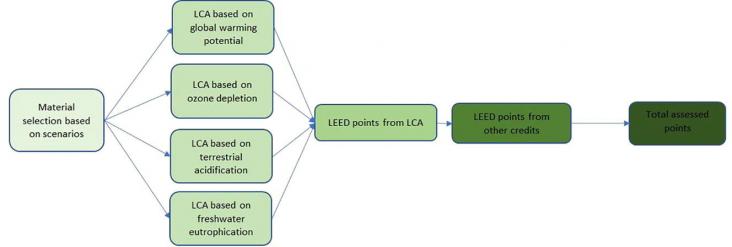Methods in Sustainability Science, Assessment, Prioritization, Improvement, Design and Optimization, 2021, Pages 13-26
Methods in Sustainability Science, Assessment, Prioritization, Improvement, Design and Optimization, 2021, Pages 13-26

Record climate extremes are reducing urban liveability, compounding inequality, and threatening infrastructure.

Economically viable electric vehicle lithium-ion battery recycling is increasingly needed; however routes to profitability are still unclear.
Or Aleksandrowicz, Chapter 1 - Mapping and management of urban shade assets: a novel approach for promoting climatic urban action, Editor(s): Ansar Khan, Hashem Akbari, Francesco Fiorito, Sk Mithun, Dev Niyogi, Global Urban Heat Island Mitigation, Elsevier, 2022, Pages 1-27, ISBN 9780323855396, https://doi.org/10.1016/B978-0-323-85539-6.00003-2
Despite the improvement in technologies for the production of alternative fuels (AFs), and the needs for using more AFs for motor vehicles for the reductions in air pollution and greenhouse gases,

